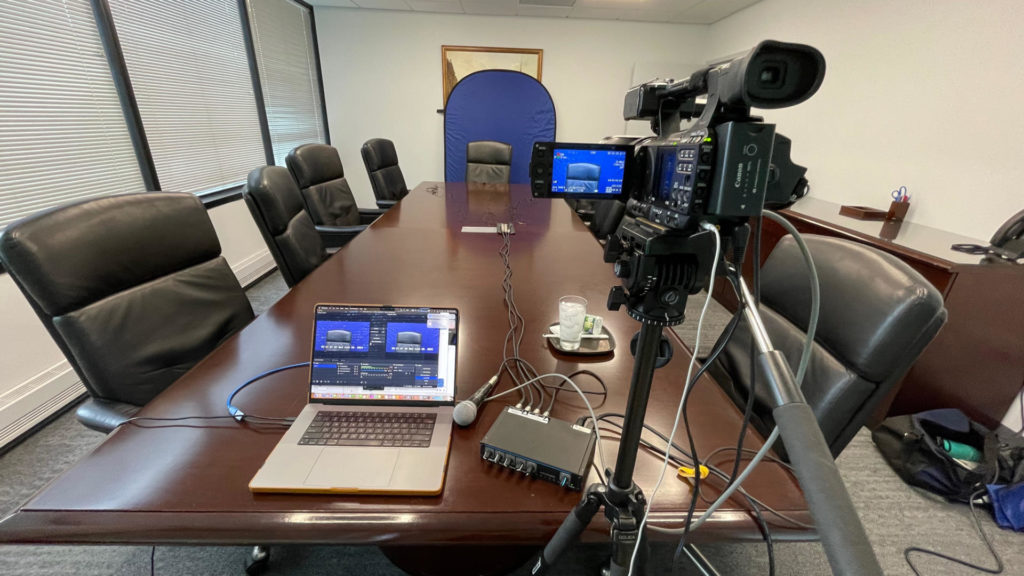The Impact of AI on Trial Preparation and Presentation
The legal industry has traditionally been characterized by heavy reliance on paperwork, manual research, and hands-on evidence management. However, with advancements in technology, particularly artificial intelligence (AI), the landscape is changing dramatically. AI is now playing a crucial role in both trial preparation and the presentation of evidence in courtrooms, transforming how legal professionals and playback technicians operate. This article explores how AI is influencing these areas and what it means for the future of legal proceedings.
Streamlining Research and Analysis
AI technologies have revolutionized legal research by automating the analysis of case law, statutes, and legal precedents. Tools powered by AI can review thousands of documents in a fraction of the time it would take a human, identifying relevant case facts, legal arguments, and potential evidence with unprecedented speed and accuracy. This capability not only saves time but also increases the thoroughness of the research, potentially uncovering crucial information that could influence the outcome of a trial.
Enhancing Evidence Management
Managing evidence can be one of the most daunting tasks in trial preparation, involving the organization and review of vast amounts of data. AI has introduced more efficient methods for sorting and categorizing evidence, using algorithms that can automatically classify documents based on content and context. Moreover, AI can highlight inconsistencies or anomalies in the evidence, which can be pivotal during the trial.
Automating Document Production
AI applications are now used to automate the creation of legal documents, from briefs to entire contracts. These tools use natural language processing to draft documents that adhere to legal standards, requiring only minimal inputs from human operators. This not only speeds up the process but also reduces the likelihood of human error.
Improving Presentation of Evidence
During trials, the presentation of evidence is critical to jury understanding and decision-making. AI-driven presentation tools help playback technicians and trial techs create more compelling and digestible presentations. For example, AI can generate visual aids such as timelines, charts, and graphs based on data, making complex information more accessible to the jury.
Virtual Reality (VR) and Augmented Reality (AR) in the Courtroom
AI is also facilitating the integration of VR and AR into courtroom presentations, allowing jurors to experience crime scenes or understand complex scenarios through immersive simulations. This can be particularly effective in cases involving intricate details or where spatial awareness is crucial.
Predictive Analytics
AI-powered predictive analytics use historical data to forecast outcomes based on different variables. This technology can advise lawyers on the likelihood of various outcomes, helping them to make more informed strategic decisions about how to conduct the trial.
Ethical and Privacy Considerations
While AI offers numerous benefits, it also raises significant ethical and privacy issues. The use of AI in legal processes must ensure fairness, transparency, and accountability, particularly when it comes to data handling and decision-making. Legal professionals must stay informed about these issues and work to establish guidelines that maintain the integrity of the judicial process.
Conclusion
AI is transforming trial preparation and presentation in profound ways, offering efficiency and capabilities that were unimaginable just a decade ago. As these technologies continue to evolve, legal professionals and courtroom technicians must adapt to these changes to harness their full potential while also navigating the ethical challenges they present. The future of legal proceedings looks promising with AI, poised to deliver more precise and just outcomes in the courtroom.
Depo Universe is happy to answer any questions or tips not mentioned here for regarding new courtroom technology. Reach out here.


